-
 Bitcoin
Bitcoin $118600
-2.59% -
 Ethereum
Ethereum $4282
-0.42% -
 XRP
XRP $3.129
-4.21% -
 Tether USDt
Tether USDt $0.0000
0.01% -
 BNB
BNB $805.4
-1.80% -
 Solana
Solana $174.3
-5.77% -
 USDC
USDC $0.9998
-0.01% -
 Dogecoin
Dogecoin $0.2230
-6.33% -
 TRON
TRON $0.3466
1.70% -
 Cardano
Cardano $0.7745
-5.73% -
 Chainlink
Chainlink $21.37
-3.53% -
 Hyperliquid
Hyperliquid $42.93
-7.25% -
 Stellar
Stellar $0.4324
-4.94% -
 Sui
Sui $3.660
-7.17% -
 Bitcoin Cash
Bitcoin Cash $591.6
2.72% -
 Hedera
Hedera $0.2467
-7.04% -
 Ethena USDe
Ethena USDe $1.001
0.00% -
 Avalanche
Avalanche $22.92
-6.14% -
 Litecoin
Litecoin $118.8
-3.79% -
 Toncoin
Toncoin $3.378
-0.46% -
 UNUS SED LEO
UNUS SED LEO $9.011
-1.15% -
 Shiba Inu
Shiba Inu $0.00001294
-5.81% -
 Uniswap
Uniswap $11.24
0.53% -
 Polkadot
Polkadot $3.870
-6.16% -
 Cronos
Cronos $0.1662
-1.68% -
 Dai
Dai $1.000
0.02% -
 Ethena
Ethena $0.7915
-5.62% -
 Bitget Token
Bitget Token $4.414
-1.65% -
 Monero
Monero $259.3
-3.85% -
 Pepe
Pepe $0.00001120
-8.29%
How to generate an XRP address on Ledger hardware wallet?
To access your XRP address on a Ledger, connect your device, open Ledger Live, unlock your Ledger, and launch the XRP app to view your address securely.
Mar 30, 2025 at 03:56 pm
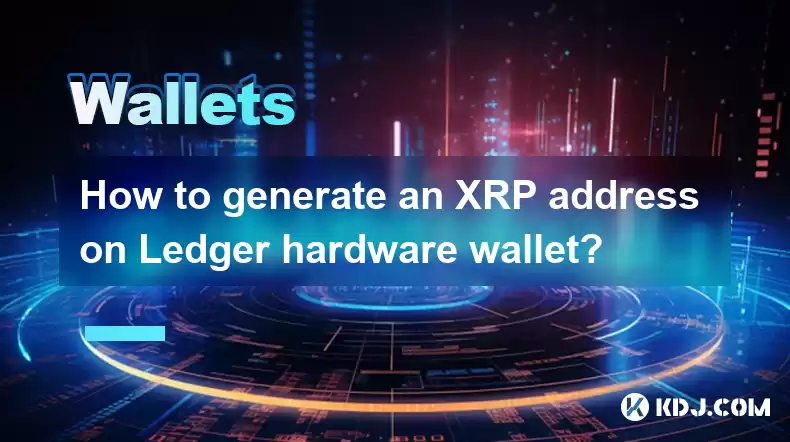
Understanding XRP and Ledger Integration
Before diving into the process, it's crucial to understand that Ledger hardware wallets don't directly generate XRP addresses in the same way some software wallets do. Instead, Ledger acts as a secure element, signing transactions on behalf of your XRP account. Your actual XRP address is derived from your public key, which is generated and managed within the Ledger device itself, ensuring your private keys remain secure offline. This process leverages the security features of the Ledger device to protect your XRP holdings.
Accessing Your XRP Address on Ledger
To view your XRP address, you'll need to connect your Ledger Nano S or X to your computer and have the appropriate Ledger Live application installed and updated. This application acts as the interface between your hardware wallet and your computer. Ensure your Ledger device is unlocked and that the XRP application is open on the device itself. The specific steps might vary slightly depending on your Ledger device model (Nano S or Nano X) and the version of Ledger Live you are using, but the core principle remains the same.
Step-by-Step Guide: Accessing Your XRP Address
- Connect your Ledger device: Plug your Ledger Nano S or X into your computer using the provided USB cable.
- Open Ledger Live: Launch the Ledger Live application on your computer. Make sure it's the latest version for optimal functionality and security.
- Unlock your Ledger device: Enter your PIN code on the device's screen to unlock it.
- Open the XRP application: Navigate to the XRP application on your Ledger device. Ledger Live will guide you through this process.
- View your XRP address: Once the XRP application is open on your Ledger device, your XRP address will be displayed within the Ledger Live application. This is the address you'll provide to others to receive XRP. Never share your 24-word recovery phrase. This is the only way to recover your account if you lose your device.
Remember that your Ledger device itself doesn't generate the address in the traditional sense; it securely stores the private key that corresponds to the public key which determines your XRP address. The address is derived from this key pair and displayed via Ledger Live.
Understanding Public and Private Keys in the Context of XRP and Ledger
It is vital to understand the distinction between public and private keys. Your public key is like your bank account number – it can be shared publicly without compromising your security. Your private key, however, is like your bank PIN – it must remain absolutely secret. The Ledger device safeguards your private key, ensuring that only you can authorize transactions from your XRP account. The public key, derived from the private key, results in your XRP address.
Security Best Practices When Using Ledger for XRP
- Keep your device updated: Regularly update your Ledger Live application and the XRP application on your device to benefit from the latest security patches.
- Use strong PIN codes: Choose a strong, memorable PIN code that is difficult to guess.
- Protect your recovery phrase: Store your 24-word recovery phrase in a safe and secure location, separate from your device. Never share it with anyone.
- Be wary of phishing scams: Be cautious of emails or websites claiming to be associated with Ledger. Never enter your PIN or recovery phrase on untrusted websites.
- Use reputable exchanges: Only use reputable and well-established cryptocurrency exchanges to buy, sell, or trade your XRP.
What if I lose my Ledger device?
If you lose your Ledger device, your XRP is not necessarily lost. As long as you have securely stored your 24-word recovery phrase, you can restore your account to a new Ledger device or even a compatible software wallet. However, this process requires careful attention to detail and should be undertaken with extreme caution. Refer to Ledger's official documentation for detailed instructions on recovering your account.
Can I generate multiple XRP addresses on my Ledger?
No, you cannot directly generate multiple XRP addresses on your Ledger in the same way you might with some software wallets. Each Ledger device, with its associated seed phrase, controls a single XRP account. While you can use the same Ledger device to interact with multiple cryptocurrency accounts, each cryptocurrency requires its own application and will be represented by a unique address within that application. You can have multiple accounts on exchanges or other wallets if you need to separate your XRP holdings.
Why use a Ledger for XRP instead of a software wallet?
Ledger hardware wallets offer significantly enhanced security compared to software wallets. Your private keys remain securely stored on the device itself, shielded from malware, phishing attacks, and other online threats. Software wallets, while convenient, are more vulnerable to compromise. Using a Ledger provides an extra layer of protection for your valuable XRP holdings.
Is it possible to use a Ledger with other XRP-related services?
Yes, your Ledger device can be used with various XRP-related services, including exchanges, payment processors, and decentralized applications (dApps). However, always verify the legitimacy and security of any service before connecting your Ledger device. Only use reputable and trusted platforms.
Frequently Asked Questions
Q: What if I forget my PIN code?
A: If you forget your PIN code, you will need to use your recovery phrase to restore your account to a new device. This process will erase your old device's data. Never attempt to guess your PIN repeatedly, as this could lock your device permanently.
Q: Can I use my Ledger to stake XRP?
A: The ability to stake XRP depends on the platform you are using. Some platforms may support staking XRP using a Ledger device, while others may not. Always check the specific requirements of the platform before attempting to stake your XRP.
Q: Are there any fees associated with using a Ledger for XRP?
A: The Ledger device itself is a one-time purchase. There are no ongoing fees associated with using your Ledger for XRP transactions. However, you will incur network fees (transaction fees) when sending or receiving XRP on the XRP Ledger. These fees are standard and vary based on network congestion.
Q: Is it safe to leave my XRP on my Ledger device for an extended period?
A: Yes, leaving your XRP on your Ledger device is generally considered safe. The offline nature of the device significantly reduces the risk of theft or hacking. However, it's always good practice to keep your firmware and Ledger Live application updated for optimal security.
Disclaimer:info@kdj.com
The information provided is not trading advice. kdj.com does not assume any responsibility for any investments made based on the information provided in this article. Cryptocurrencies are highly volatile and it is highly recommended that you invest with caution after thorough research!
If you believe that the content used on this website infringes your copyright, please contact us immediately (info@kdj.com) and we will delete it promptly.
- Dogecoin, Presale, Surge: Riding the Meme Coin Wave
- 2025-08-12 11:10:12
- Dogecoin, Tron, and the ROI Reality Check: What's a Crypto Investor to Do?
- 2025-08-12 11:15:12
- Ethereum Layer-2 Scaling Competition Heats Up as ETH Breaks $4K
- 2025-08-12 10:30:12
- China Regulation, Stablecoins, and BNB Presale: Navigating the Crypto Landscape
- 2025-08-12 11:30:12
- Meme Coins, Investment, and Token Burns: What's Hot in 2025?
- 2025-08-12 10:30:12
- China's National Security Alarm Bells Ring Over Worldcoin's Iris Scans
- 2025-08-12 11:35:12
Related knowledge
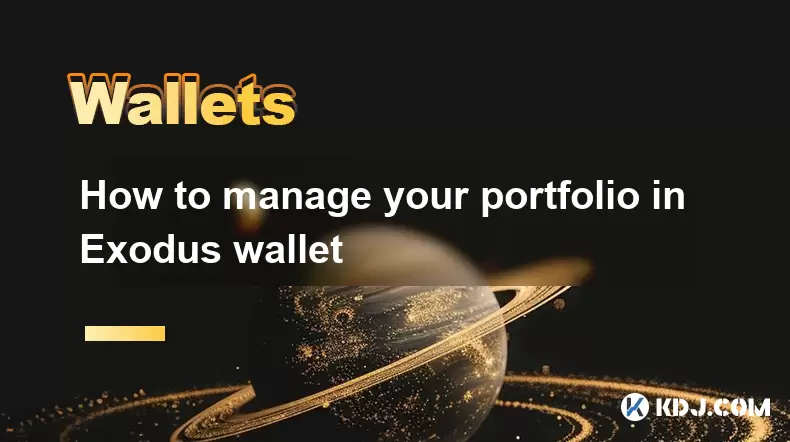
How to manage your portfolio in Exodus wallet
Aug 08,2025 at 10:07pm
Understanding the Exodus Wallet InterfaceThe Exodus wallet is a non-custodial cryptocurrency wallet that supports a wide range of digital assets. When...
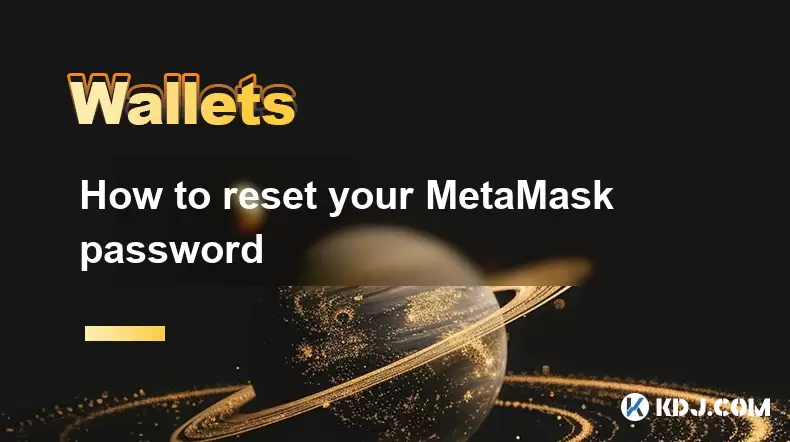
How to reset your MetaMask password
Aug 08,2025 at 01:28pm
Understanding the MetaMask Password Reset ProcessMany users confuse the MetaMask password with the seed phrase or private key, but they serve differen...

How to buy Dogecoin on MetaMask
Aug 08,2025 at 03:42am
Understanding Dogecoin and MetaMask CompatibilityDogecoin (DOGE) is a popular meme-based cryptocurrency that operates on its own blockchain, originall...
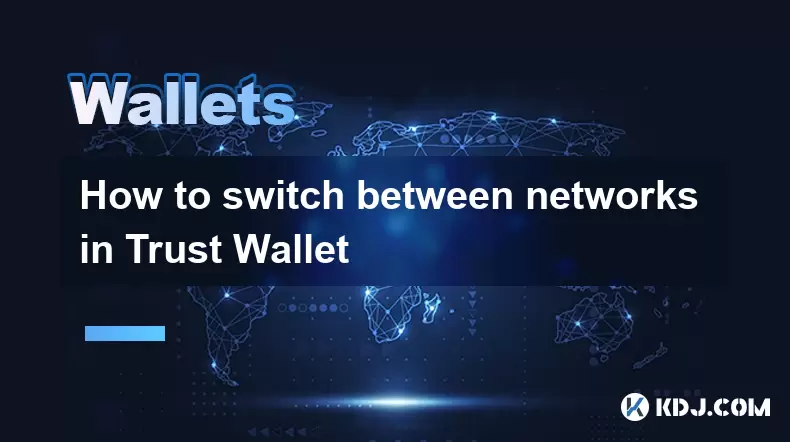
How to switch between networks in Trust Wallet
Aug 09,2025 at 11:07am
Understanding Network Switching in Trust WalletSwitching between networks in Trust Wallet allows users to manage assets across different blockchains, ...
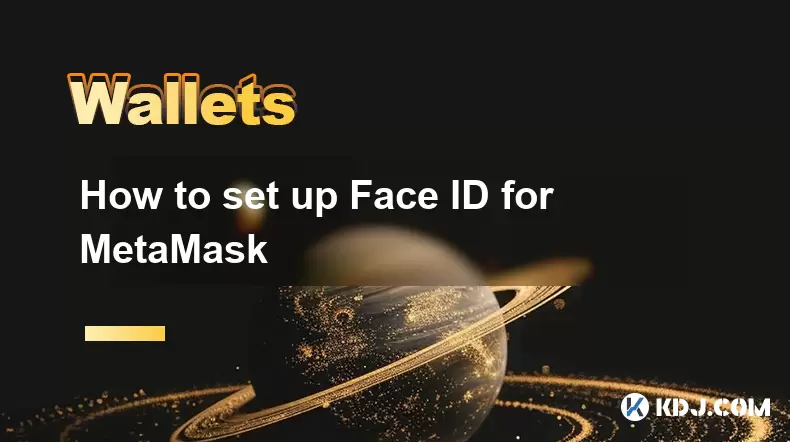
How to set up Face ID for MetaMask
Aug 12,2025 at 02:42am
Understanding Face ID and Its Role in MetaMask SecurityMetaMask is a widely used cryptocurrency wallet that allows users to interact with the Ethereum...
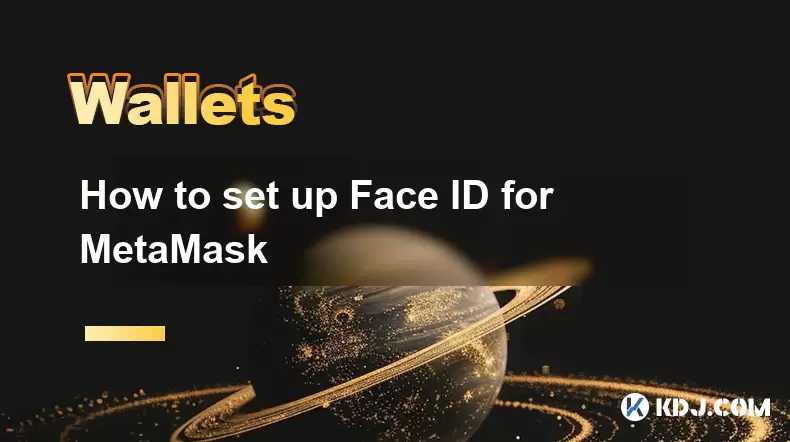
How to set up Face ID for MetaMask
Aug 11,2025 at 09:28am
Understanding Face ID and Its Role in MetaMask SecurityFace ID is a biometric authentication system developed by Apple that uses facial recognition to...

How to manage your portfolio in Exodus wallet
Aug 08,2025 at 10:07pm
Understanding the Exodus Wallet InterfaceThe Exodus wallet is a non-custodial cryptocurrency wallet that supports a wide range of digital assets. When...

How to reset your MetaMask password
Aug 08,2025 at 01:28pm
Understanding the MetaMask Password Reset ProcessMany users confuse the MetaMask password with the seed phrase or private key, but they serve differen...

How to buy Dogecoin on MetaMask
Aug 08,2025 at 03:42am
Understanding Dogecoin and MetaMask CompatibilityDogecoin (DOGE) is a popular meme-based cryptocurrency that operates on its own blockchain, originall...

How to switch between networks in Trust Wallet
Aug 09,2025 at 11:07am
Understanding Network Switching in Trust WalletSwitching between networks in Trust Wallet allows users to manage assets across different blockchains, ...

How to set up Face ID for MetaMask
Aug 12,2025 at 02:42am
Understanding Face ID and Its Role in MetaMask SecurityMetaMask is a widely used cryptocurrency wallet that allows users to interact with the Ethereum...

How to set up Face ID for MetaMask
Aug 11,2025 at 09:28am
Understanding Face ID and Its Role in MetaMask SecurityFace ID is a biometric authentication system developed by Apple that uses facial recognition to...
See all articles

























































































